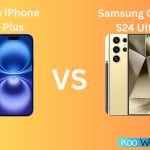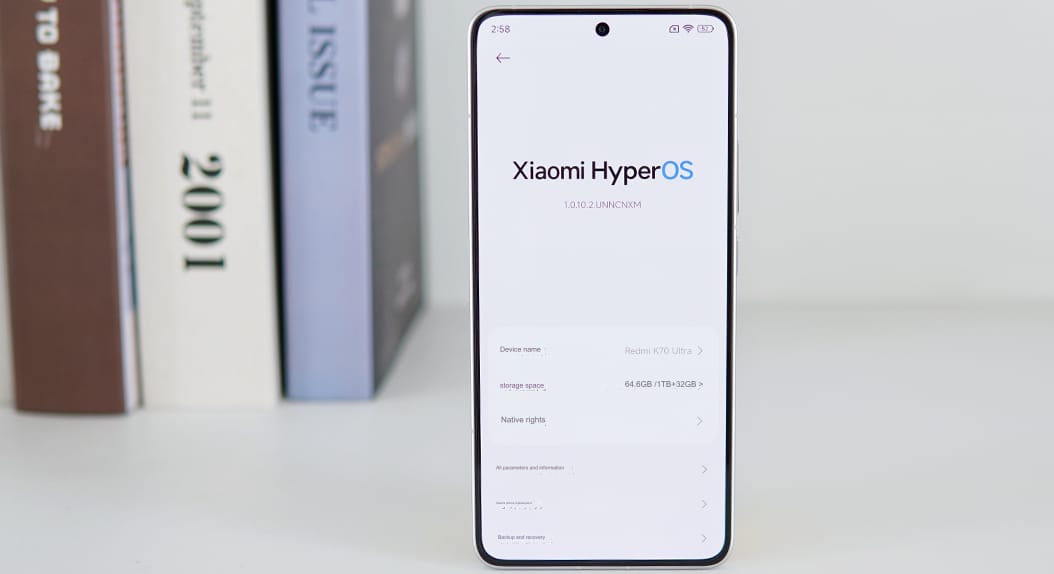Xiaomi has officially updated its list of devices that will no longer receive firmware updates, including MIUI and Android updates. This end-of-service (EOS) announcement impacts certain models from Xiaomi, Redmi, and POCO brands that have been determined to have reached the end of their support lifecycle. Typically, devices featured on this list are those that were released more than two or three years ago.
Devices affected by the new EOS – EOL List (7 February 2024)
Redmi Note 11T 5G (in), Xiaomi 12X (eea), Xiaomi 12X (ru), Xiaomi 12X (global), Xiaomi 12X (tw), POCO M4 Pro 5G (in) has been added to the EOL list.
Devices affected by the new EOS – EOL List (9 December 2024)
Redmi Note 10 Lite (in) has been added to the EOL list.
Devices affected by the new EOS – EOL List (5 November 2024)
POCO X3 GT and Redmi Note 10 JE have been added to the EOL list.
Devices affected by the new EOS – EOL List (27 October 2024)
There were no changes with the new update.
Devices affected by the new EOS – EOL List (26 September 2024)
Xiaomi added 2 new devices to the EOL list on September 26. These 2 new devices will no longer receive updates. Xiaomi Civi last received update is HyperOS in February 2024. The POCO C31 received the MIUI 12.5 update in July 2023.
Devices affected by the new EOS – EOL List (30 August 2024)
The latest update to the EOS list includes a total of seven models which will cease to receive any future MIUI updates or Android version upgrades. The devices listed are:
- XM-ELISH-DEMO (cn)
- Xiaomi MIX 4 (cn)
- Xiaomi Pad 5 Pro 5G (cn)
- Xiaomi Pad 5 Pro (cn)
- XM-ENUMA-DEMO (cn)
- POCO F3 GT (in)
- POCO F3
- Redmi K40 (cn)
- Redmi Note 8 (2021) (eea)
- Redmi Note 10 5G (tr)
- Redmi Note 8 (2021) (ru)
These models will not be updated to the upcoming version of MIUI, anticipated to be released by the end of this year or early next year. While they may still receive some minor updates in the near term to correct any errors or slightly improve functionality, the development of new firmware for these models has been discontinued.
The funny thing here is that they wrote XM-ENUMA-DEMO and XM-ELISH-DEMO. XM-ELISH is Pad 5 Pro; XM-ENUMA is Pad 5 Pro 5G. They already wrote these. But they added -DEMO next to it. Why did you do such a nonsense Xiaomi?
Also, the name of the EOS list was changed to EOL list. While EOL was a name known by everyone, EOS was a lesser known name.
Implications for Security and Software Performance
One of the major implications of this announcement is that Android security patches will no longer be provided for the affected devices. This cessation in updates can lead to potential security vulnerabilities and software gaps emerging over time. Users of these models will be stuck with MIUI 14, the latest available version prior to the cut-off, without the possibility of receiving future security enhancements or new features that come with later MIUI versions.
What This Means for Users
For users of the aforementioned devices, this means that no new features or improvements will be added to their phones going forward. The lack of ongoing support extends to critical security updates, which are vital for protecting devices against emerging security threats.
Recommended Actions for Consumers
Owners of the impacted models should consider the following steps:
- Stay Informed: Keep an eye on any further communications from Xiaomi regarding any final updates or patches that may be released.
- Consider Upgrading: To continue receiving the latest software features and security updates, upgrading to a newer model may be necessary.
- Protect Your Device: In the absence of new security patches, consider installing security-focused apps that can provide an additional layer of protection against vulnerabilities.
Summary with AI
Xiaomi’s recent EOS list update is a reminder for users to plan for the future of their devices. As smartphones continue to evolve rapidly, staying updated with the latest software is crucial for security and optimal performance. Users affected by the EOS policy should evaluate their options, including upgrading to newer models that will continue to receive full support and updates.
This move by Xiaomi also reflects the industry-wide practice of phasing out support for older devices, underscoring the importance of staying current with technology developments to enjoy the best user experience and security protection available.


HyperOS Downloader
Easily check if your phone is eligible for HyperOS 2.0 update!





